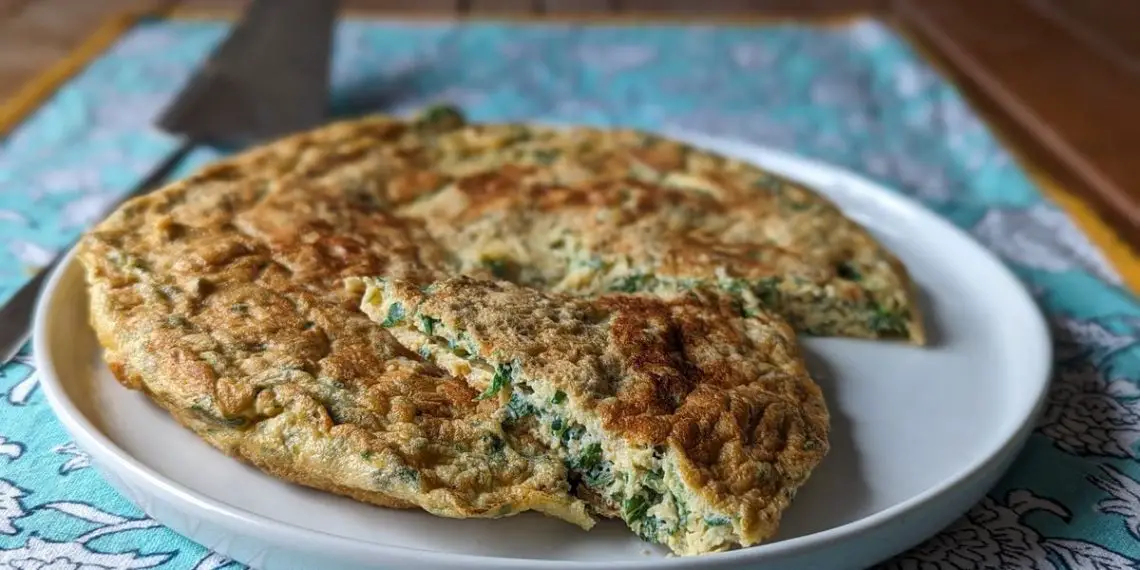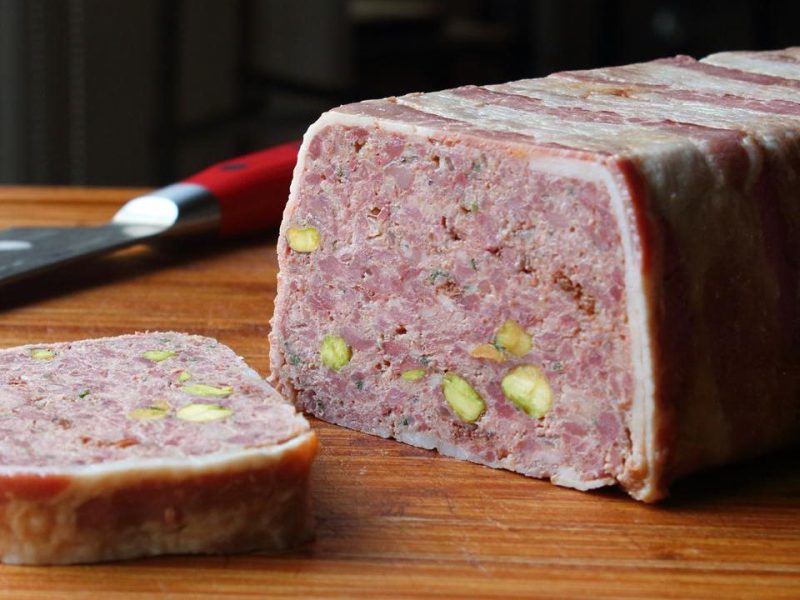In Italian cuisine, a frittata is akin to what a tortilla is in Spanish cuisine. Essentially, it’s a dish made from beaten eggs, seasoned with salt, and sometimes with additional ingredients such as onions, vegetables like zucchini or spinach, and grated cheese, typically Grana Padano, Parmigiano Reggiano, or pecorino romano. While similar to a French omelette, a frittata is distinctively round and not folded. It’s a versatile dish, often enjoyed as a light vegetarian appetizer or main course.
History and Origins
The origins of the frittata can be traced back to Italy, where it has been a staple in Italian households for centuries. Its simplicity and adaptability have made it a beloved dish across the country. While variations exist, the basic concept of whisked eggs cooked with various ingredients remains consistent.
Ingredients
For 2-4 servings as an appetizer:
- 4 eggs
- 1 clove of garlic
- Several sprigs of parsley (about 3 tablespoons once chopped)
- Slightly less than mint or spearmint (a couple of tablespoons)
- A generous tablespoon of grated cheese (Grana Padano, Parmigiano Reggiano, or pecorino romano)
- A pinch of salt
- Ground black pepper to taste
- Olive oil for cooking
Instructions
- Whisk the eggs: Beat the eggs in a bowl. Add the peeled and grated garlic clove, salt, black pepper, and grated cheese. Mix well.
- Prepare the herbs: Finely chop the parsley and mint, then add them to the eggs.
- Adjust seasoning: Taste the mixture and adjust seasoning if necessary by adding more cheese or salt.
- Cook the frittata: Heat a tablespoon of olive oil in a medium-sized skillet. Pour the egg mixture into the skillet and let the frittata cook over low heat. You can gently stir the eggs at the beginning and cover the skillet.
- Flip and cook: Once the top of the frittata is nearly set, flip it over and cook the other side until done. Serve hot or at room temperature.
Advantages and Disadvantages
While the frittata is a delicious and versatile dish, it’s important to consider its characteristics:
Advantages:
- Vegetarian option: It’s a tasty vegetarian dish, enhanced by the use of black pepper and cheese.
- Light and low-fat: Compared to other dishes like fried potatoes, frittata is lighter and lower in fat.
- Portable: It’s easy to transport, making it ideal for picnics or as a sandwich filling.
Disadvantages:
- Flat texture: Traditional frittatas are relatively flat and may not have the fluffy texture of other egg dishes.
- Dryness: Some may find frittatas drier compared to Spanish tortillas due to the cooking method.
Conclusion
In conclusion, the Italian frittata is a simple yet flavorful dish that can be enjoyed in various settings. Its adaptability allows for endless variations, making it a favorite among home cooks and professional chefs alike. Whether served as an appetizer, main course, or sandwich filling, the frittata remains a beloved part of Italian culinary tradition.



